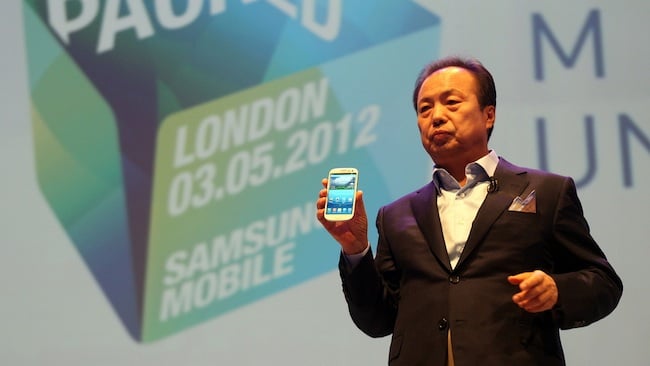Companies like to jam as many features into their smartphones as humanly possible so that they can lure potential customers with a feature list that’s as thick as a Manhattan phonebook. There are three ways to plump up said feature list. They can build new and innovative features themselves, partner with a company that already has a compelling solution, or buy that company outright. Nokia decided to go on shopping spree several years back with the purchase of Enpocket to build a mobile ad network, Loudeye to build a music store, Twango to build a photo sharing service, Plazes to build a location based social network, Intellisync so that they could offer push email, Novarra to build a proxy based web browser, and the list just goes on and on. All those acquisitions were supposed to be fused together into a service that would be competitive against well established players, but the Finnish handset maker failed to execute their plan and instead decided to let Microsoft handle their cloud strategy.
Samsung has thus far taken a different route. They’ve been partnering with companies that people are already familiar with, which makes sense when you think about how a customer interacts with a device in a retail setting. They pick up a phone, hit the menu button, and then scroll past an endless sea of icons, some of which are logos for services that they might already be using. Today though, that changes. Samsung has decided to buy mSpot for an undisclosed sum of money. Their product enables you to stream all the music on your computer straight to your smartphone.
Why didn’t Samsung just partner with mSpot? Why didn’t Samsung partner with a music streaming provider like Spotify or Rdio? Why didn’t Samsung just build their own solution in-house?
We’ll probably never know the answers to those questions, but watch this space. If Samsung starts gobbling up companies at the rate that Nokia did half a decade ago, then it’s a sign that they’re going down the wrong path.
